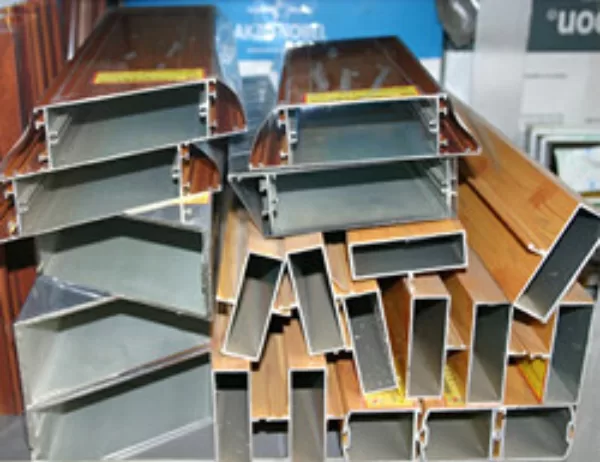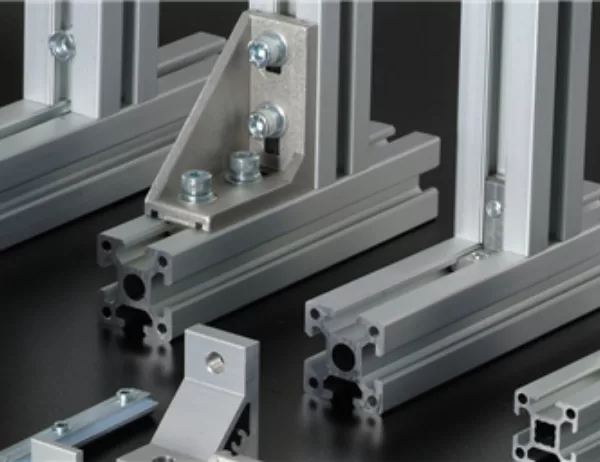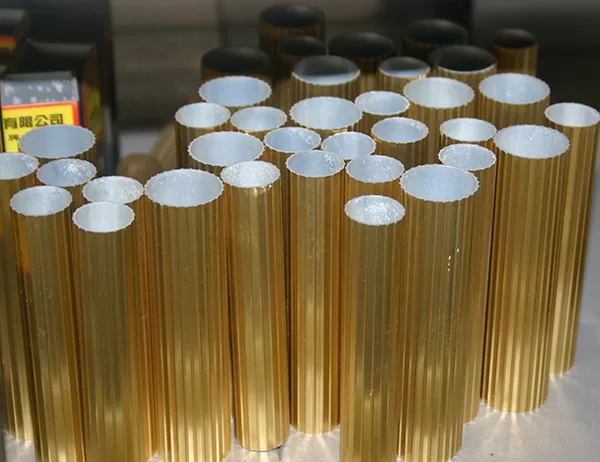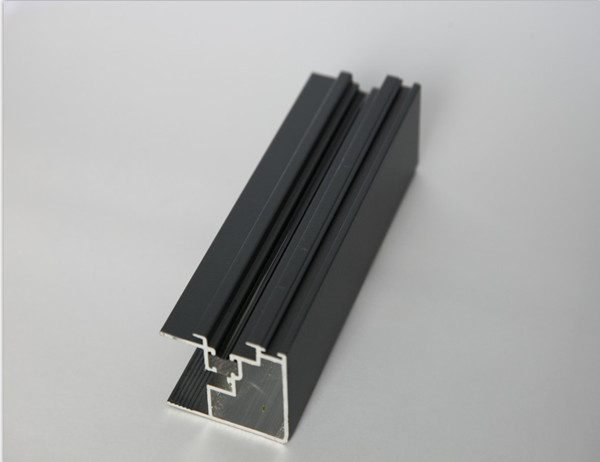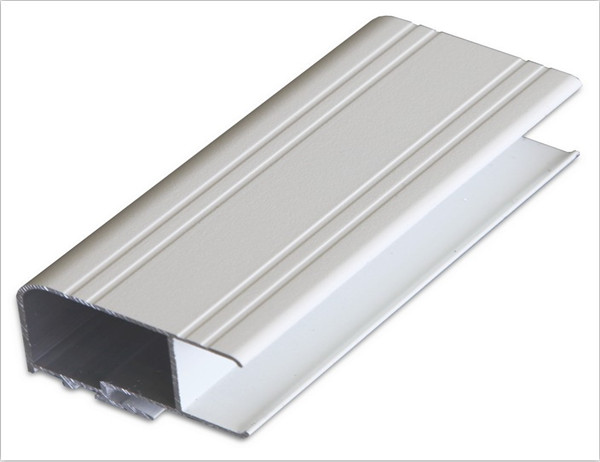Industrial aluminum profiles are versatile and essential components in various industries. Selecting the right profile for your application is crucial to ensure optimal performance, durability, and cost-effectiveness. This article will provide a comprehensive guide to choosing the ideal industrial aluminum profile for your specific needs.
Material Properties
Strength and Durability
Aluminum profiles offer excellent strength-to-weight ratios, making them suitable for applications requiring structural integrity. Consider the required load-bearing capacity and any potential impact or wear.
Corrosion Resistance
Aluminum is highly corrosion-resistant, especially when treated with surface finishes. Determine the environmental exposure conditions and choose profiles with appropriate coatings or alloys for improved durability.
Thermal Conductivity
The thermal conductivity of aluminum profiles varies depending on the alloy composition. Choose profiles with high thermal conductivity for applications requiring heat dissipation or low thermal conductivity for electrical insulation.
Design Considerations
Shape and Size
Identify the profile’s required shape, including cross-sectional area and dimensions. Consider the available installation space and any interfacing components.
Hollow or Solid Sections
Hollow sections reduce weight while maintaining structural integrity, while solid sections provide higher strength but with increased weight. Assess the load-bearing requirements and space limitations to choose the appropriate section type.
Wall Thickness
The wall thickness of the profile determines its strength and rigidity. Choose a wall thickness that provides adequate support for the intended application without over-engineering.
Surface Finishes
Anodizing
Anodizing creates a protective oxide layer on the aluminum surface, enhancing corrosion resistance and aesthetic appeal. Choose anodizing colors and thickness based on the desired finish and protection level.
Powder Coating
Powder coating provides a durable, decorative finish that can be customized in a wide range of colors and textures. Consider the application environment and specific color requirements when choosing a powder coating.
Mechanical Treatments
Mechanical treatments, such as grinding or polishing, can improve the surface finish and reduce porosity. Choose the surface treatment appropriate for the desired aesthetics and durability.
Other Factors
Availability
Ensure the selected profile is readily available from the supplier to meet production timelines and minimize downtime.
Cost
Consider the cost of the profile in relation to the performance and durability requirements. Find the best balance between quality and affordability.
Supplier Experience
Choose a supplier with expertise in industrial aluminum profiles and a proven track record of providing reliable products and support.
